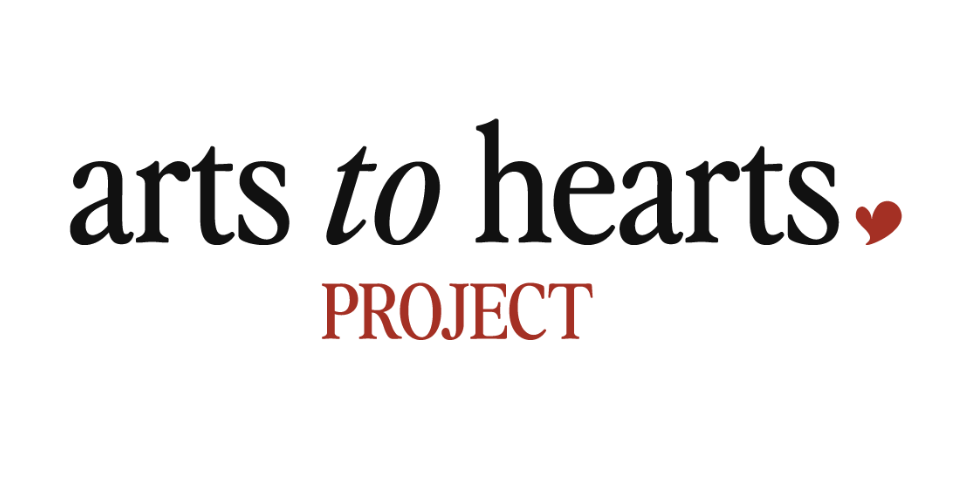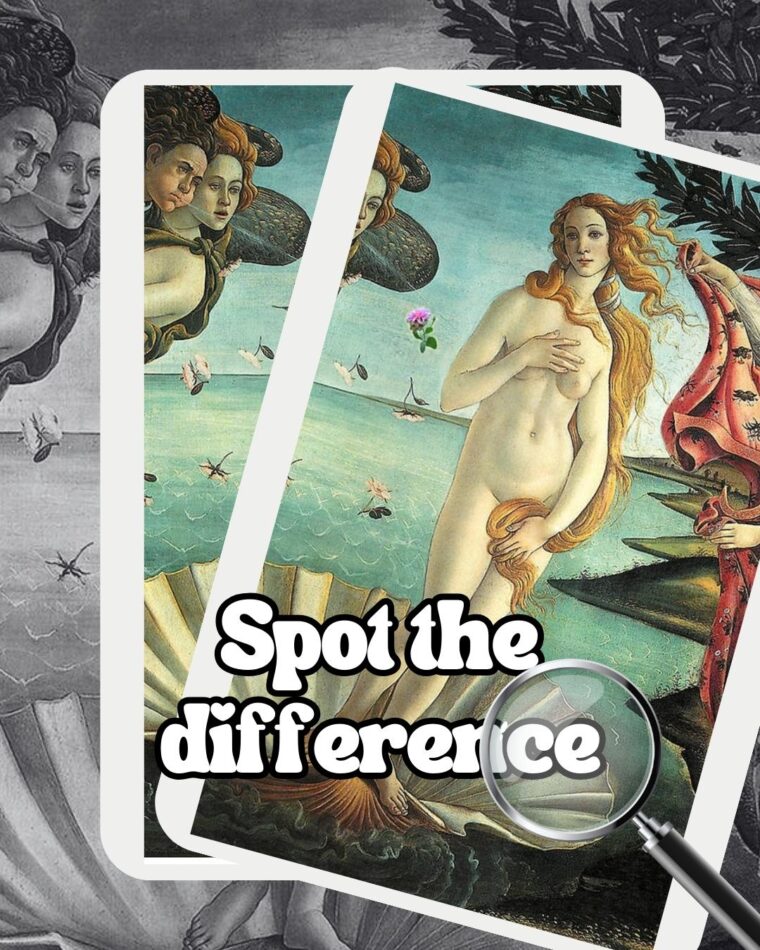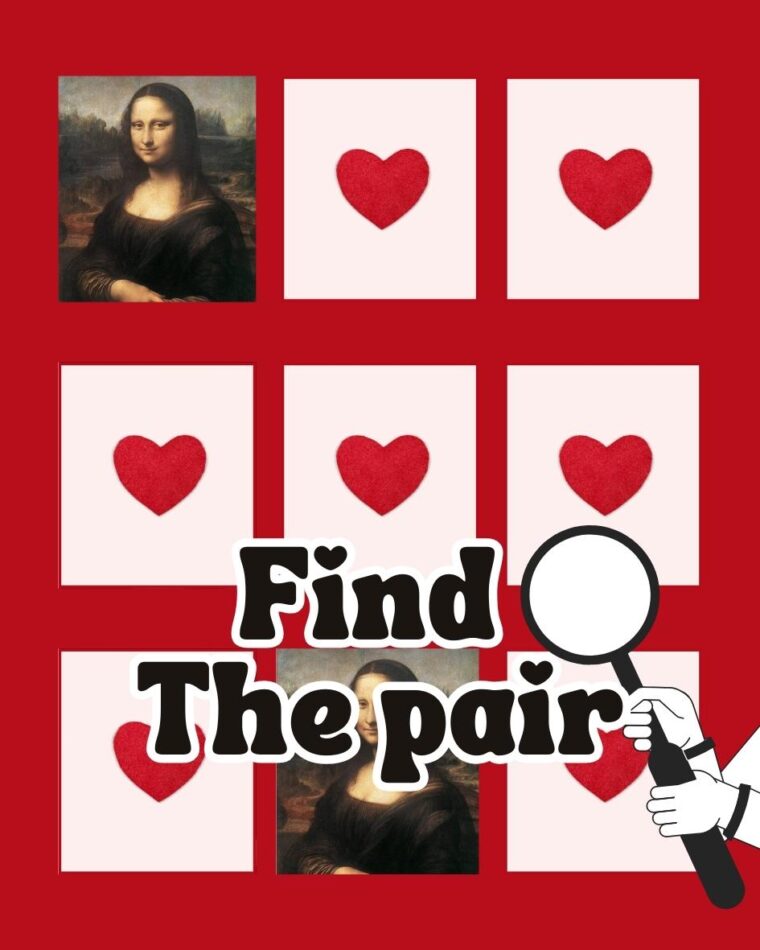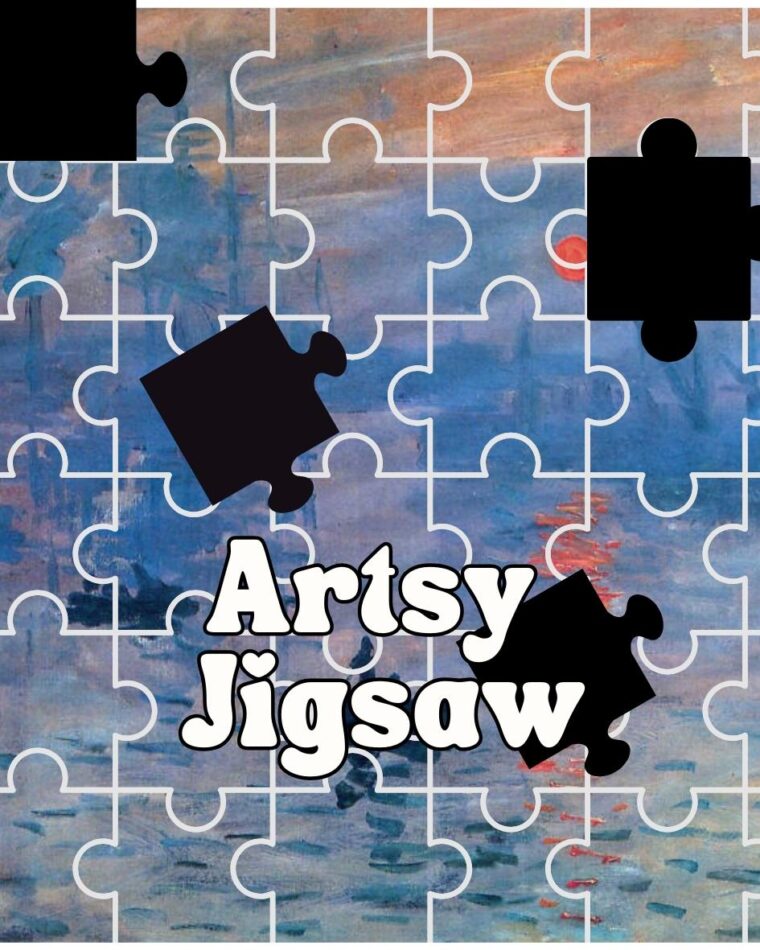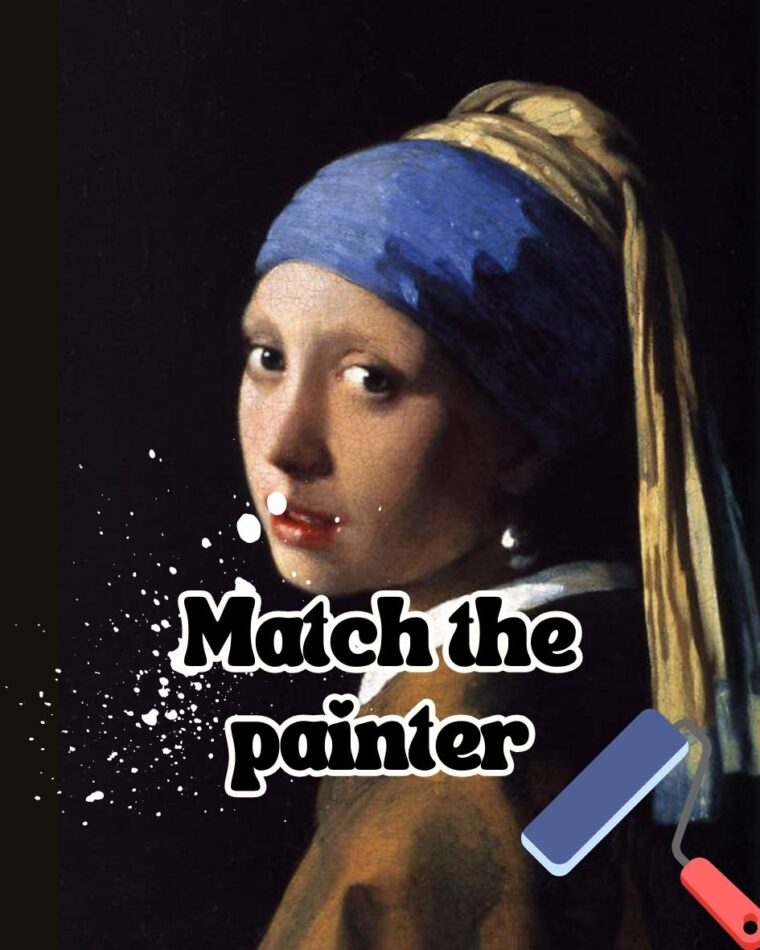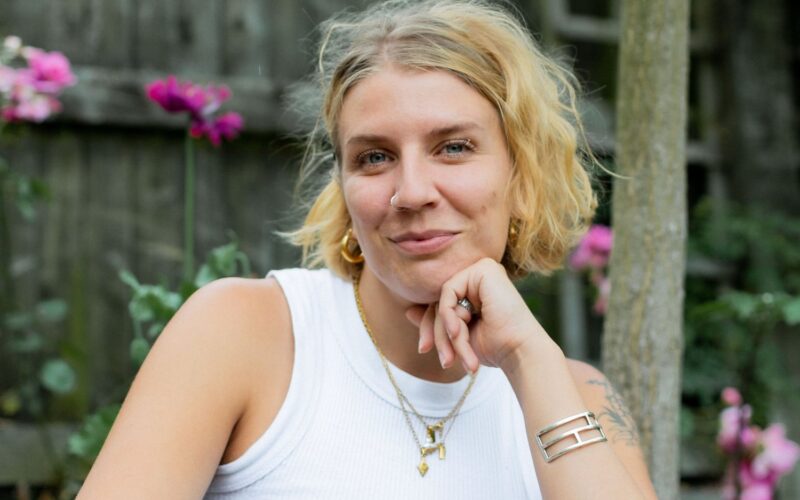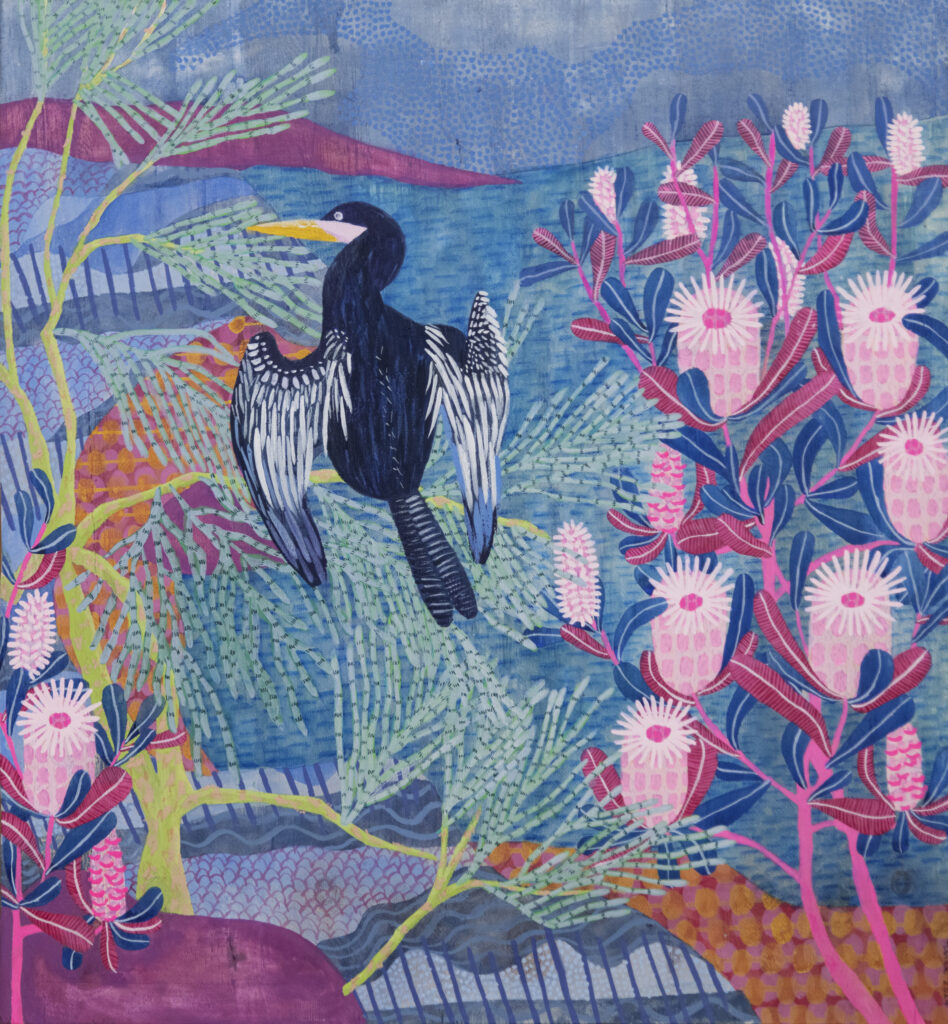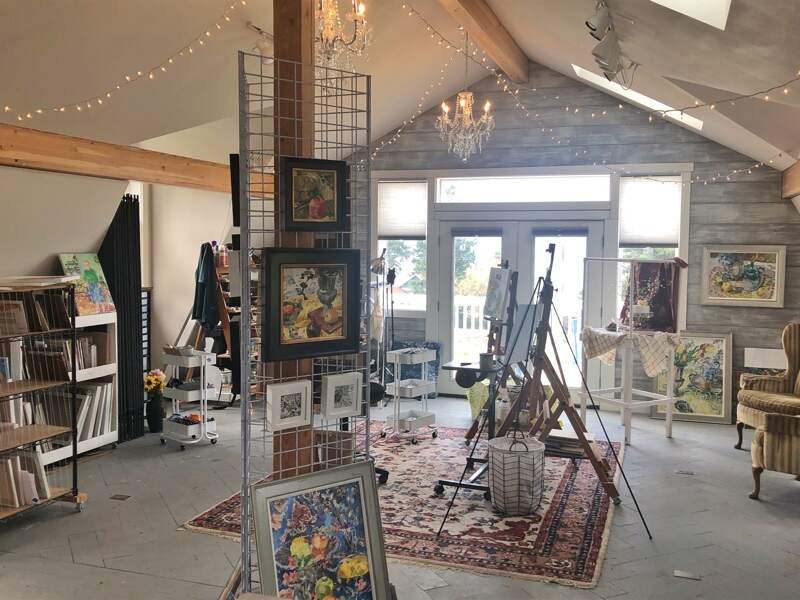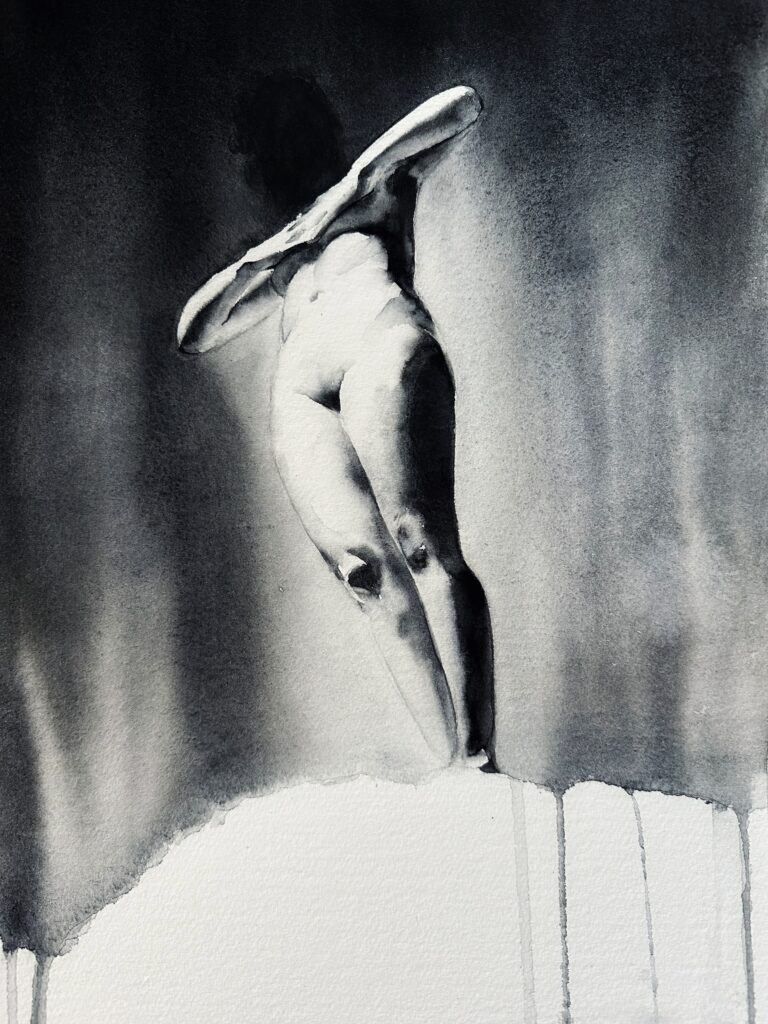
How I Found My Creative Voice | Srishti Dass
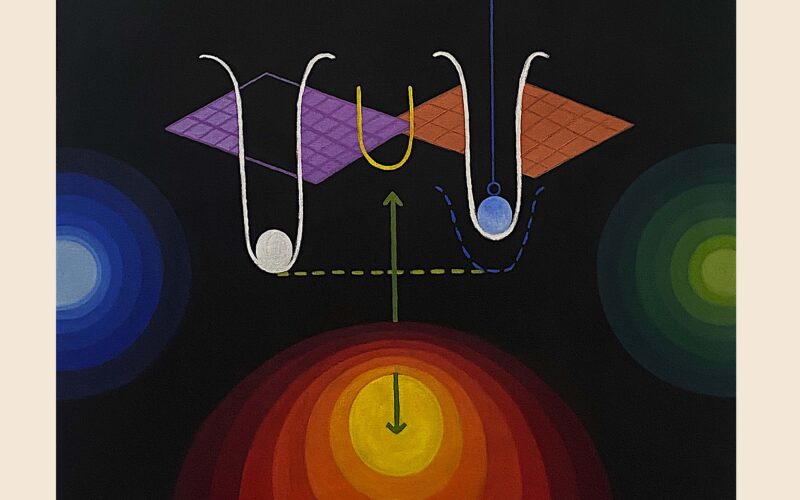

Srishti Dass is an artist from New Delhi, India, who lives and works in Brooklyn, New York. In this interview, she opens up about her creative journey, what inspires her, and how her art connects with her life experiences. She talks about how personal feelings and the world around her come together in her work, often through patterns. This practice ties back to her South Asian heritage and brings her peace through its repetitive, meditative process.
Srishti also shares how moving from India to the U.S. shaped her art and helped her create spaces where identity and labels don’t define her. She explains her fascination with balancing small details and immense structures, drawing inspiration from nature and architecture.
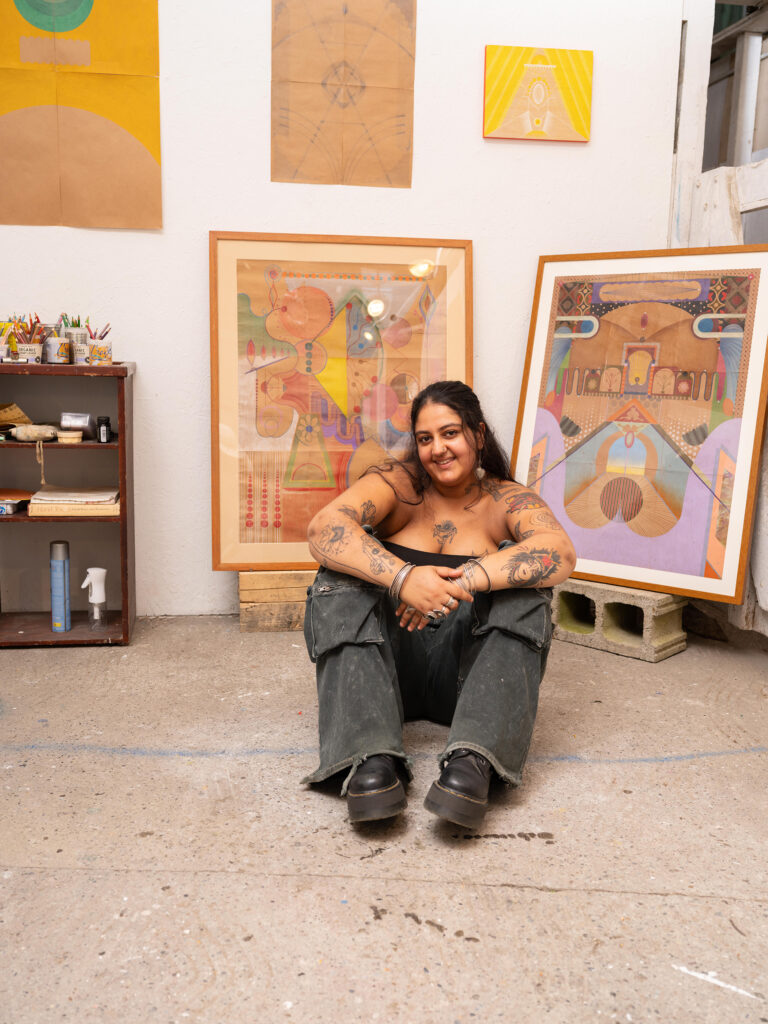
Born in 1999 in New Delhi, India, Srishti Dass is practicing in Brooklyn, New York. Graduating from the School of Visual Arts with a BFA in Fine Arts in 2021, Dass has established herself as a dynamic artist whose work explores themes of identity, heritage, urban space, and the spiritual dimensions of human experience. Her drawings are the tangible result of introspection. She finds ways to connect her inner anxieties and subconscious to the outer world around her. Using intricate pattern-making and symbols, she is trying to help give viewers space to explore their inner thoughts. Dass’s practice often delves into nature’s micro and macro systems—complex structures that have evolved over centuries and are mirrored by human creations in architecture, urban planning, and design.
She is fascinated by the tension between monumental forms, like domes and columns, and the delicate details that comprise them. This juxtaposition invites meditation on our smallness within grand structures, reflecting a balance between detail and vastness. Dass’s artistic practice has been showcased in various exhibitions across the United States and internationally. In 2024, her work was featured on a billboard in Detroit with Save Arts Space. The same year, she participated in the SPRING/BREAK Art Show with the Ely Center of Contemporary Art in Los Angeles. The previous year, she participated in Art Melange at India Habitat Centre in Delhi, HeyDay at The Equity Gallery in New York, QUEERwerks at Silvermine Gallery in Connecticut, and Roots & Routes: A South Asian Artistic Exploration of Identity & Heritage with Bungalow Collective in Brooklyn. Her exhibitions span various themes and mediums, including queer identity, spiritual reflection, and geometric abstraction.
Dass has been featured in several publications, including I Like Your Work, Arts To Heart, Platform Mag, and The Curious Publishing. Her work has been praised for its abstract qualities and evocative exploration of personal and collective themes. Dass has also shared her insights as a visiting artist at CUNY, engaging with new and younger audiences. In addition, Dass has received notable residencies and fellowships. In 2024, she participated in the Wassaic Project in Wassaic, NY, and in 2023, she was a resident at the Vermont Studio Center in Johnson, VT. Her previous residency at SVA Destinations in Oaxaca, Mexico, enriched her artistic practice with cross-cultural experiences.
1. Your work blends introspection with the world around you—how do personal emotions and external influences come together in your art?
The core of my practice is a direct extension of my person. The experiences and challenges in everyday life naturally get internalized, which leads to the confident decisions I make while creating. My process is mainly intuition-based, so I had to learn to trust myself. That comes from recognizing internal and external patterns and working through specific thoughts through art. I see a tiny version of me existing in these works. The shapes I choose to use become extensions of me, and the compositions become about connecting one part of me to another. Sometimes, a conversation with a friend gets translated into a painting. Some other times, a pretty shadow could mean a drawing. Some works are like journal entries, teaching me how a composition could help me feel safe.
The experiences and challenges in everyday life naturally get internalized, which leads to the confident decisions I make while creating.
Srishti Dass
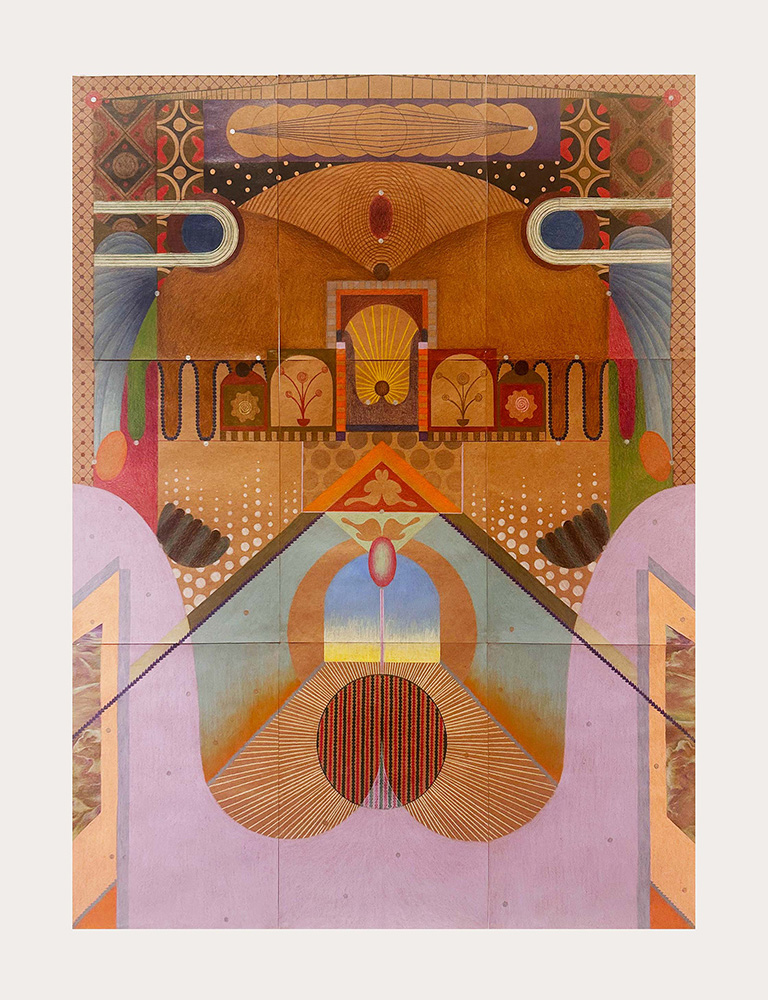
2. Patterns play a key role in your work. What draws you to repetition, and how does it shape your creative process?
I started getting interested in patterns because of their role in the rich history of South Asian textiles and the invisible labor of women that goes into creating them. Being a part of the pattern-making process made me situate myself in history next to the women who have continued this technique for centuries. My mom has studied textiles and created some beautiful bedsheets, napkins, and cushion covers for our home in India. After recreating some of them and learning about traditional techniques like Batik, Bandhani, Patola, etc, I have always been drawn to those patterns she made and all the others that lived around me daily. I understood the spirituality connected with them as I started experiencing it. Pattern-making became a meditative process for me. Repeating something hundreds of times means you’re not even doing it anymore. I can let my hands do the work and free my mind of thought, which leads to a space that allows emotions and thoughts to be processed or just a space for me to exist.
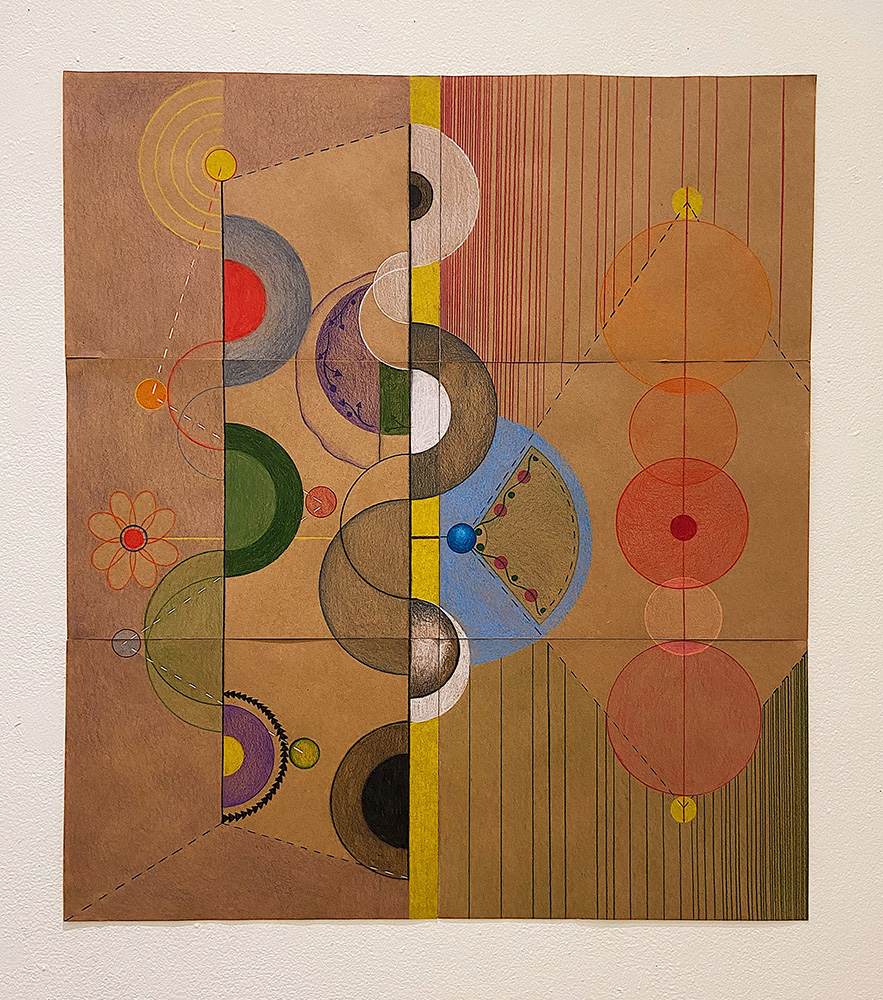
3. You explore the contrast between grand architectural structures and intricate details—what fascinates you about this balance?
Nature tells us more about how humans lived than anything else. The intricate patterns and ecosystems organisms and plants have built for themselves over centuries help us understand how these grand architectural structures, such as domes, columns, etc., were built. The naturally occurring patterns have been replicated and understood by humans. How civilizations and societies came about can also be understood through these patterns. Specific shapes, such as circles, triangles, and hexagons, started occurring in architecture because of their reference to nature. There always exists a tension between the micros and macros and a delicate balance between the two. This is the balance I’m interested in. While trying to understand the roots of the structures, we can understand human psychology and, in turn, understand the world we live in now.
4. Coming from New Delhi and now working in Brooklyn, how have these environments influenced your creative style?
Moving across the world at a young age helped me expand my worldview and forced me to learn how to build my world. I soon realized that this country is obsessed with identities. To this day, my practice has deep roots in needing a safe space without obligations of my environment and identity. This feeling also led me to abstraction. On one hand, I was learning what it meant to be brown in this country, proving at each stage why I deserved to be here, and on another, creating worlds where that didn’t matter. I was the only living being in my paintings, meaning I could live in them however I wanted and for however long. That changed a bit when I started using colored pencils. Instead of me existing alone, the spirituality of the medium made my drawings alive, too. Even though I could decide what kind of world I wanted to build, I had to start listening to what the drawing needed from me.

Nature tells us more about how humans lived than anything else.
Srishti Dass
5. Your process is meditative—how does creating art help you navigate inner anxieties or self-reflection?
I have never been the person who can sit silently to meditate. I like to move around, use my hands, and talk. My works allow me to do these things while creating, and patternmaking creates an environment for me to meditate. You can say drawing sometimes, for me, is like a fidget toy. If I want to make sense of my thoughts, I need to move my body, and I decided that the best way to do it is while making art. This consistent energy also helps move the work forward. They develop in a way they won’t be able to if every decision is made.
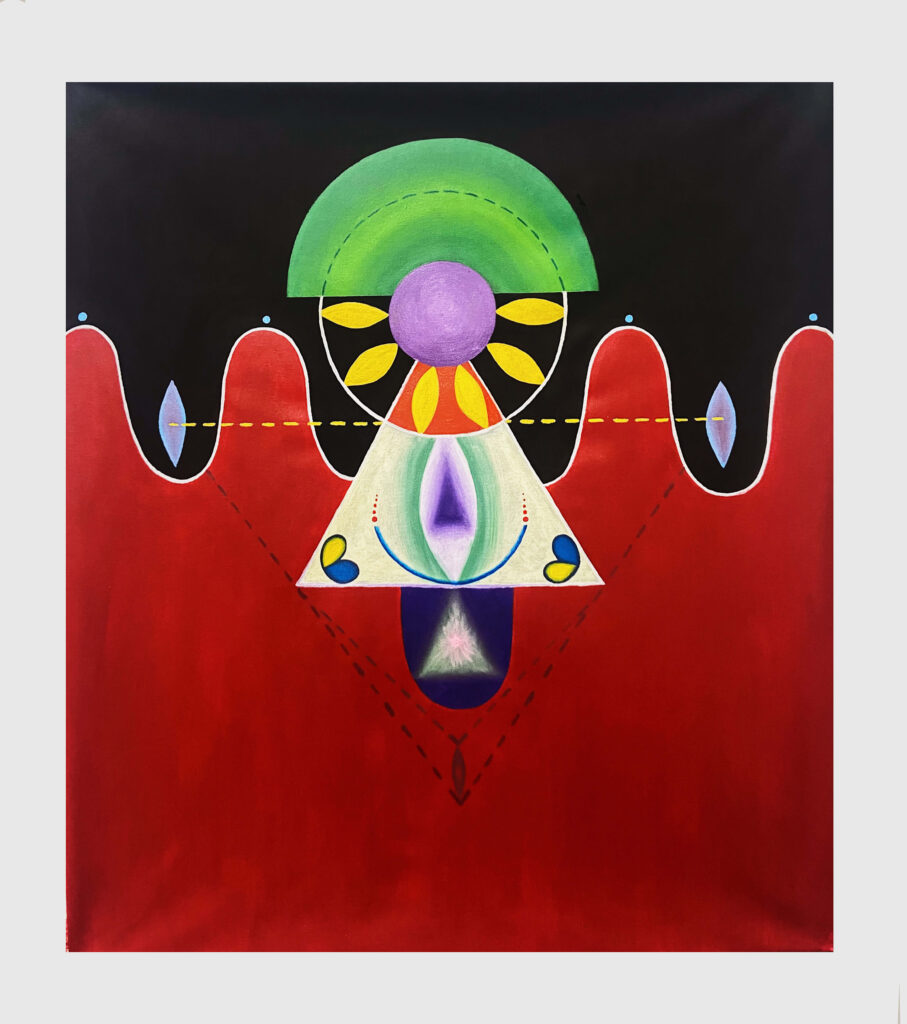
6. What do you hope viewers take away from your work, and how do you see them connecting with it?
Instead of needing to understand what I’m trying to give them, I want the viewers to create their worlds in mine. I want them to exist in them, physically and/or spiritually. There is hope that the viewers will appreciate the labor they can’t see. I want them to connect their invisible labor to mine. They should give themselves a space where their time is valued, and they can choose what to do with it.

Srishti Dass’s art is more than just visual—it’s deeply personal and reflective. She blends tradition, intuition, and life experiences into every piece. Her story reminds us that art can be a powerful space for self-expression and connection. To learn more about Srishti, click the following links to visit her profile.
Arts to Hearts Project is a global media, publishing, and education company for
Artists & Creatives. where an international audience will see your work of art patrons, collectors, gallerists, and fellow artists. Access exclusive publishing opportunities and over 1,000 resources to grow your career and connect with like-minded creatives worldwide. Click here to learn about our open calls.

